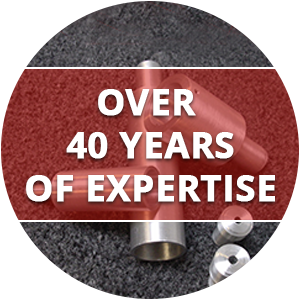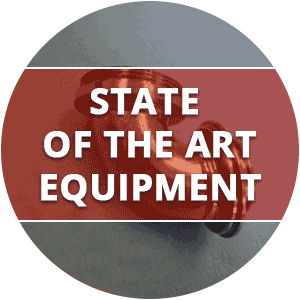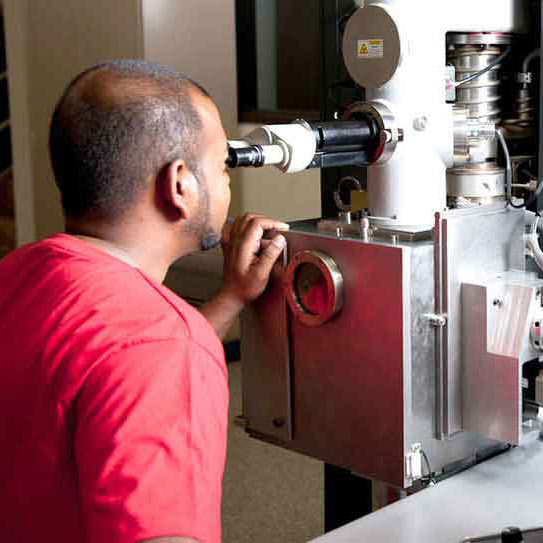Electron Beam & Laser Welding Experts
Medical | Aerospace | Automotive | Sensor
Electron Beam Welding
Electron Beam Engineering, Inc. is a leading specialist in high precision electron beam welding and laser welding, serving multiple industries including aerospace, automotive, defense, communications, electronics, jewelry, medical, oil and gas exploration, semi-conductors, sensors, transportation and commercial uses. Our technicians have multiple years of experience in a wide field of specific applications, such as sensor design, high-pressure weld joints, turbine and piston engine components, aerospace (civil and sports), defense and armaments.
Overview
Electron beam welding is a fusion joining process that utilizes a beam of high energy electrons which produce heat when they strike the base metal. Electrons are the basic particles of atoms that are negatively charged, extremely lightweight and are the transporters of electrical energy. In electron beam welding, a tungsten filament (cathode) is heated under vacuum inside the electron gun, thereby emitting electrons. These electrons are accelerated using a high voltage, typically in the range of 30kV to 150kV and with the aid of a focus (convergence) coil and a deflection coil, the electrons can be formed into a narrow convergent beam and accurately positioned on the work piece.
The structure of an electron beam welder is shown in the diagram below.
The pressure in the vacuum chamber is kept low to avoid energy loss when electrons collide with air molecules. A typical working pressure would be 1E-4 torr (0.00013 mBar) with the electron gun at a higher pressure of around 1E-6 torr (0.000001333 mBar). The energy density of the electron beam is around 1,000 times more than that can be achieved from a traditional arc weld. Thus, the beam heats the parent metal which vaporizes the material and in turn, generates a so-called key-hole. The work piece is typically manipulated under the beam with the aid of a rotary device or a CNC table and as the key-hole is formed, molten material falls back into the hole, producing a deep, narrow weld. An added benefit is that the welding speed is often 10-50 times faster than an arc weld which minimizes heat accumulation and produces less distortion and a smaller heat affected zone (HAZ).











